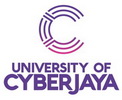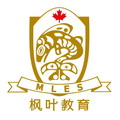Mongolia

Bordered by Russia to the north, and China everywhere else, Mongolia is a landlocked country nearly twice the size of Eastern Europe. With a population estimated at just over three million, Mongolia is the least populous nation in the world. About half of its people, however, are based in the capital of Ulaanbaatar.
Mongolia is increasingly on the radar for international recruiters as an emerging market in the region, fueled both by strong economic growth and by the aspirations of its people.
The country came under Soviet influence and was effectively established as a Soviet satellite state in 1924. Following the collapse of the Soviet Union, Mongolia reconstituted itself under a democratic, multi-party system in the early 1990s and began a transition to a market economy. And what a transition it has been: Mongolia has possessed one of the fastest-growing economies in the world in recent years, its burgeoning sectors are mining and agriculture.
More on Mongolia : World Factbook, Wikipedia, Tsagaandarium Online Art Museum, News
High demand for education
Since its years under Soviet influence, the schooling primary level through university was free for all students in Mongolia.
In 1994, the average length of time spent in school by Mongolian students was 7.7 years, but by 2010 that span had increased to 14.3 years. During roughly the same period, the number of students going on to tertiary education increased by six times. Development Progress, a UK-based research group, reports, “Almost three in five Mongolian youths now enroll in university – a rate comparable to the average for high-income countries.”
International mobility trends
English language proficiency among Mongolian students is growing, and the number of students who are both financially and academically capable of studying abroad is projected to increase in coming years. As in the higher education sector, there has been an expansion of private-sector language schools in Mongolia in recent years. However, the level of training available does not match up well with industry requirements.
The major subject areas in demand within Mongolia, as estimated by the Economic Research Institute (ERI) and the National University of Mongolia, are:
- Business administration (22.7%);
- Marketing management (15.6%);
- Accounting (12.1%);
- Finance and economics (11.9%);
- Computer science (7.2%).
UNESCO estimates that there were just under 10,000 Mongolian students enrolled in higher education abroad in 2012. Leading destinations include South Korea, Russia, the US, Japan, and Turkey.
Leading study abroad destinations for Mongolian students, 2012. Source: UNESCO Institute for Statistics
The Mongolian government offers two scholarship programmes for studies abroad, both of which rely heavily on the Times Higher Education (THE) University Ranking. The Presidential Scholarship programme for undergraduate students provides for full tuition and living expenses for students accepted to top 20 ranked institutions in the THE tables, regardless of specialisation. Students accepted to the top 21-100 THE-ranked institutions, meanwhile, may also receive financial support under the programme for studies in areas identified as priorities by the Mongolian government.
The government also offers a State Education Fund to support graduate studies abroad. It provides full tuition and living expenses for students accepted to study in priority areas at the top 100 THE-ranked institutions.
Looking ahead
With 21% of the population aged 15 to 24 years, almost universal literacy, high enrolment in tertiary education, and growing access to communication technology, Mongolia’s international education market appears poised for growth in the years ahead

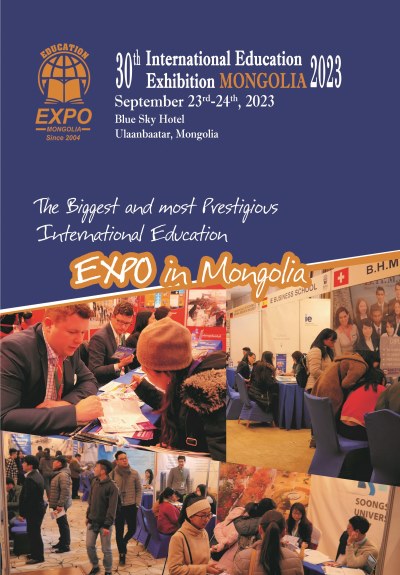
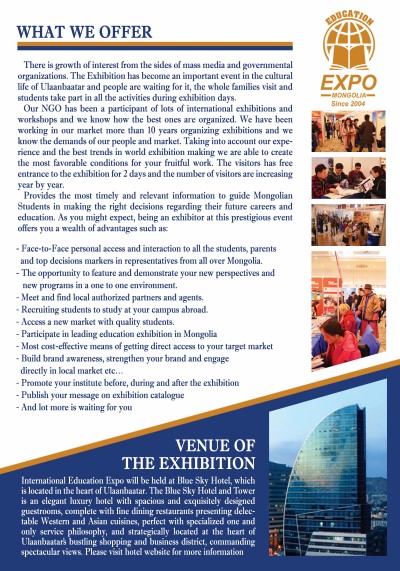
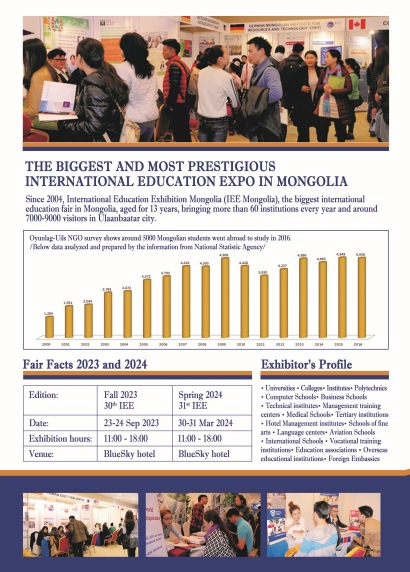
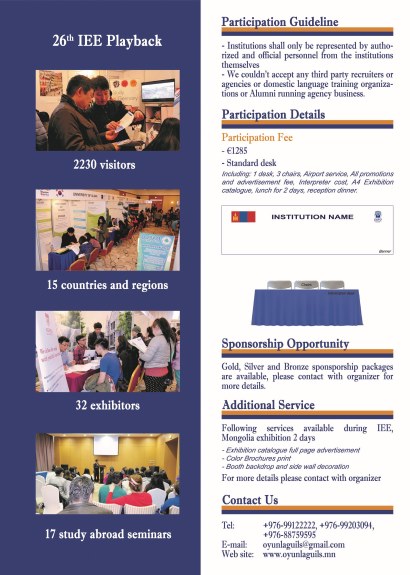

















.jpg)















